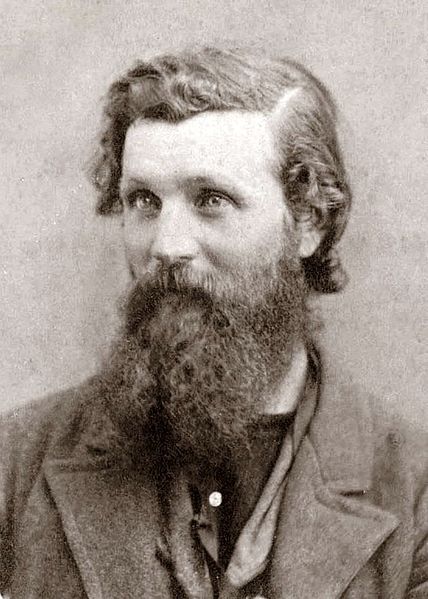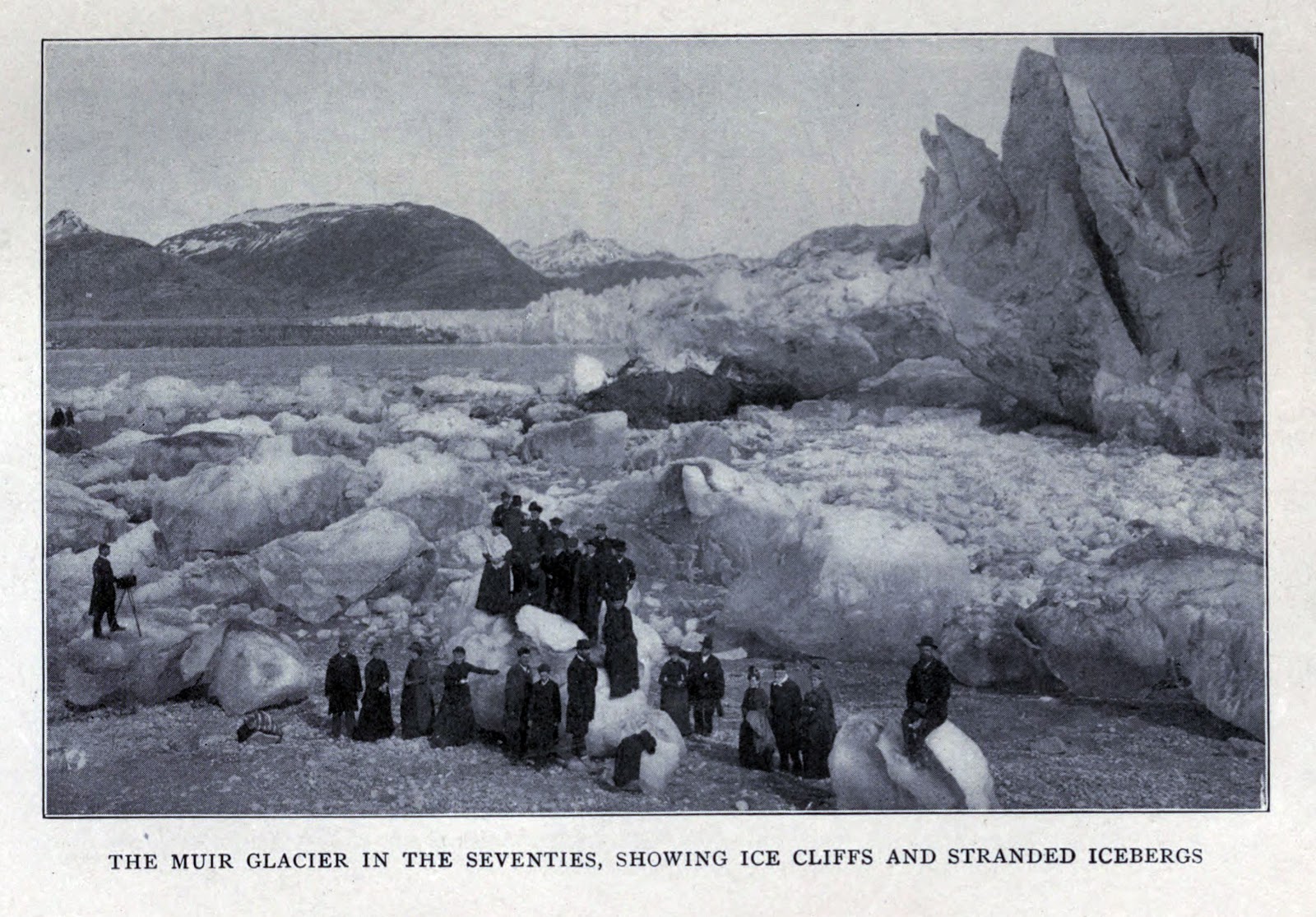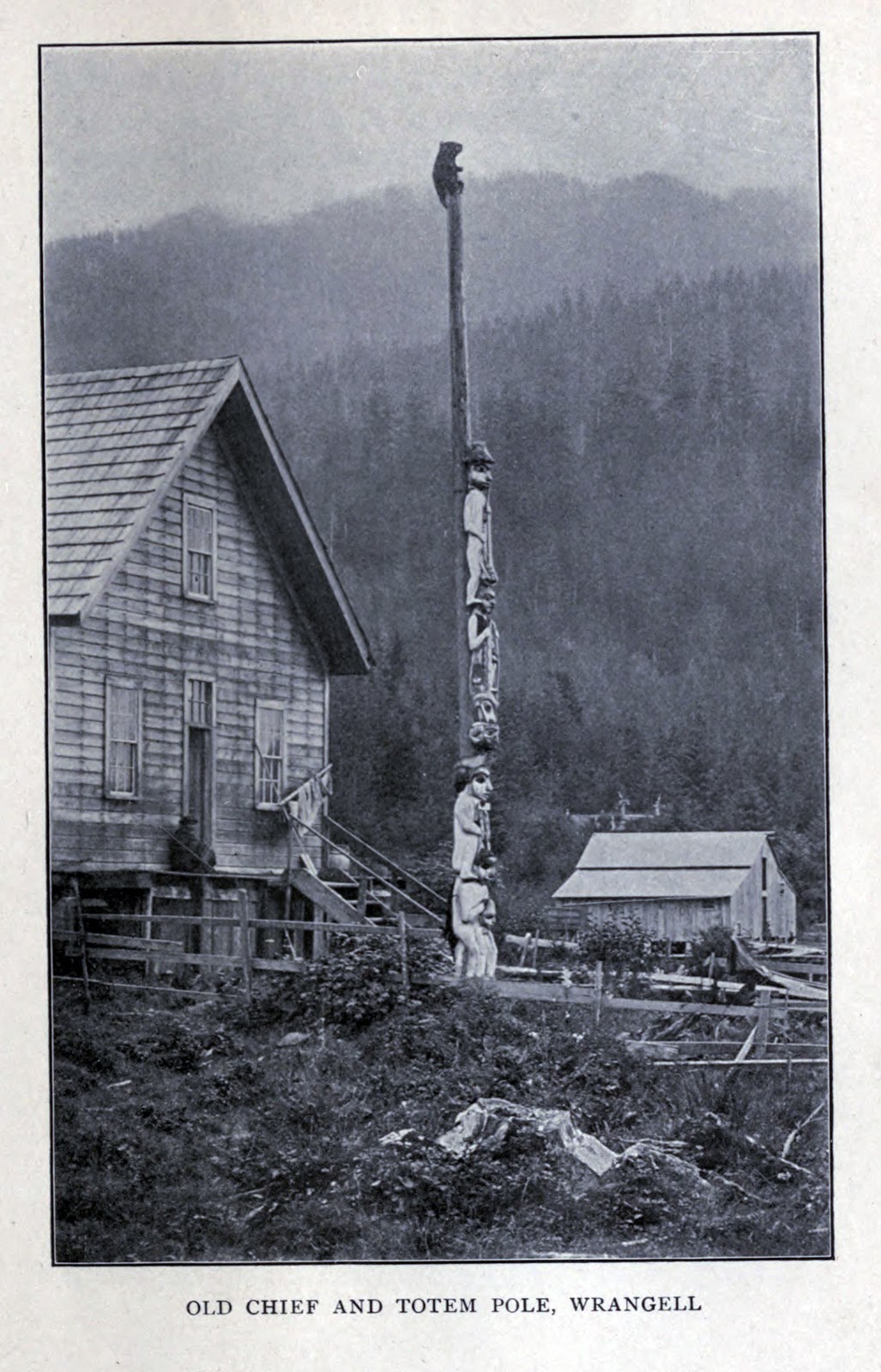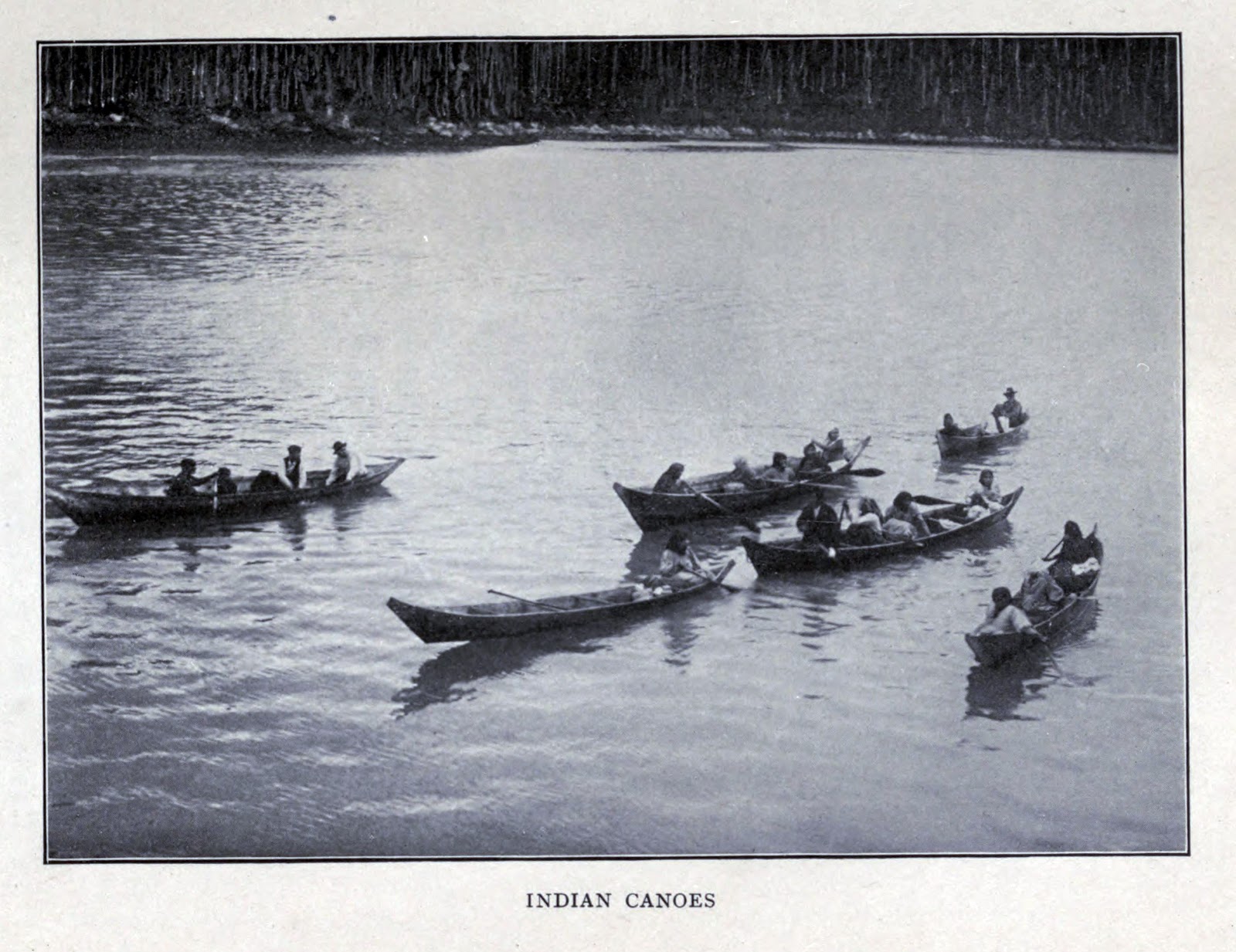Conservation, Alaska, and John Muir
He has been praised as “saving the American soul from total surrender to materialism.” Remembered as the Father of the National Parks, he was instrumental in establishing the Yosemite and Sequoia National Parks. He founded the Sierra Club, one of the largest and most influential conservation organizations in the United States. Though born in Scotland, he is acclaimed as “one of the patron saints of twentieth-century American environmental activity.” His travel notes, amassed within the publication Travels in Alaska, represent an extremelyheartfelt account of the Alaskan frontier. He is none other than John Muir, one of the most important nature advocates America has ever known.
A Personal Journey Towards American Preservation
 |
| John Muir |
Born in Dunbar, East Lothian, Scotland, in 1838, Muir moved to Wisconsin with his family in 1849. Just before his 29th birthday, following an accident in a sawmill that nearly cost him his sight, Muir embraced his true calling in life – the study and conservation of nature. That same year, Muir embarked on his first wild adventure – a 1,000 mile walk from Indiana to Florida, documented in his book A Thousand Mile Walk to the Gulf. However, it was his subsequent trip to California that sparked the true passion of Muir’s career – the untamed beauty of the American mountain wilderness.
In March, 1868, Muir had his first encounter with Yosemite, an experience that shaped the rest of his life. On seeing the rugged peaks of the Sierra Nevada Mountains, Muir exclaimed, “No temple made with hands can compare with Yosemite…The grandest of all special temples of nature.” Muir spent the rest of his years in the shadows of mountainous peaks, devoting his life to studying nature and raising awareness about the implications of human activities. He formed relationships with Ralph Waldo Emerson, Theodore Roosevelt and Louis Agassiz. He worked diligently to limit grazing activities in Yosemite, which eventually led to the introduction of a bill that established Yosemite as a national park. His assertion, backed by Louis Agassiz, that the valley in Yosemite was the result of glacial activity, not, as was formerly purported, an earthquake, helped establish his name in the scientific community.
Preservation, not Conservation
Though known for his conservation work, Muir identified himself as a preservationist, rather than a conservationist. The distinction resulted from a fall-out with his former friend, Gifford Pinchot. Pinchot, a renowned conservationist, focused on managing natural resources for sustainable commercial use. Muir ardently opposed this view, believing that nature should be preserved in-tact, not managed for human consumption. To Muir, nature was a spiritual experience, not one to be exploited.
Celebrating American Indian and Alaska Native Heritage Month with Muir
Muir visited Alaska for the first time in 1879. He returned to “nature’s last frontier” repeatedly over the next 30+ years of his life, amassing a mountain of notes on his travels. His study of Alaskan glaciers was instrumental in the development of theories on landscape formation via glacial activity. Muir viewed the native people of Alaska and their reverential relationship with the Earth as an inspirational example of co-dependency with nature. He spent the last months of his life aggregating his notes into his book Travels in Alaska, which was completed posthumously by Marion Randall Parsons. In celebration of National American Indian and Alaska Native Heritage Month, we highlight this tender account of one man’s journeys through the Alaskan wilderness.
The Glaciers that Move Mountains
 |
| Muir Glacier in Glacier Bay |
Glacier Bay covers 1,375 square miles, and the Glacier Bay National Park and Preserve represents the largest UNESCO protected biosphere in the world. Muir first encountered Glacier Bay during his first trip to Alaska. Long-interested in the impact of glacial activity on landmasses, Muir was eager to validate Agassiz’s earlier theory that much of the earth had once been covered by glaciers, and that their movement and retreat was responsible for many of the land features we see today. On a brisk Sunday morning, venturing out from his camp alone and burdened by damp clothes and tired limbs, Muir climbed 1,500 feet to catch his first glimpse of Glacier Bay:
“This was my first general view of Glacier Bay, a solitude of ice and snow and newborn rocks, dim, dreary, mysterious. I held the ground I had so dearly won for an hour or two, sheltering myself from the blast as best I could, while with benumbed fingers I sketched what I could see of the landscape, and wrote a few lines in my notebook. Then, breasting the snow again, crossing the shifting avalanche slopes and torrents, I reached camp about dark, wet and weary and glad.”
At the time of his first visit, the Bay was 44 miles from the sea. Muir returned to the Bay in 1899 with the Harriman Alaskan Expedition. This trip was instrumental in documenting the extreme retreat of the Bay, which now stands at 65 miles from the sea. This represents the fastest documented glacial retreat in history.
Alaska Through Native Eyes
 |
| Totem Pole at Stickeen Village |
During his voyages through Alaska, Muir encountered many of the indigenous people of the land – namely, the Thlinkit (Tlingit) tribes. The Tlingit people have occupied the Alaskan territory for approximately 10,000 years. Muir wrote that the Tlingit people were compassionate and honorable, validating this assertion with a recount of the valor of one of their chiefs. 20-30 years before Muir’s arrival, a war ensued between a Tlingit tribe and the Sitka tribe. The fighting lasted through the summer months, preventing any tribal members from gathering food supplies for the winter. As the cold months approached, it became apparent that the tribes would starve if the fighting did not cease.
“At this crisis one of the Stickeen chiefs came out of his block-house fort into an open space midway between their fortified camps, and shouted that he wished to speak to the leader of the Sitkas.
When the Sitka chief appeared he said: ‘My people are hungry. They dare not go to the salmon-streams or berry-fields for winter supplies, and if this war goes on much longer most of my people will die of hunger. We have fought long enough; let us make peace. You brave Sitka warriors go home, and we will go home, and we will all set out to dry salmon and berries before it is too late.’
The Sitka chief replied: ‘You may well say let us stop fighting, when you have had the best of it. You have killed ten more of my tribe than we have killed of yours. Give us ten Stickeen men to balance our blood-account; then, and not till then, we will make peace and go home.’
‘Very well,’ replied the Stickeen chief, ‘You know my rank. You know that I am worth ten common men and more. Take me and make peace.’
This noble offer was promptly accepted; the Stickeen chief stepped forward and was shot down in sight of the fighting bands. Peace was thus established, and all made haste to their homes and ordinary work. That chief literally gave himself a sacrifice for his people. He died that they might live.”
 |
| Native Alaskans in Canoes near Wrangell Island |
Over the course of his visits to Alaska, Muir established a friendship with a member of the Stickeen tribe named Toyatte. Killed trying to bring peace in a feud between his and a neighboring tribe, Muir wrote at his death, “Thus died for his people the noblest old Roman of them all.” Of Toyatte, Muir revealed,
He often deplored the fact that he had no son to take his name at his death, and expressed himself very grateful when I told him that his name would not be forgotten, – that I had named one of the Stickeen glaciers for him.
A Legacy Not Forgotten
John Muir died of pneumonia at age 76. His legacy, however, remains in the parks he tirelessly worked to preserve, in the 12 books and over 300 articles he penned, in his captivating accounts of the Alaskan wilderness, and through the Sierra Club, which to this day works to continue the cause Muir dedicated his life to achieving – the humble appreciation and passionate enjoyment of nature. And today, as such a man would have desired, Muir slumbers “among trees planted by his own hand.”
We hope you enjoyed this post. Interested in guest-blogging for BHL? We’d love that! Natural history, biodiversity and conservation topics are especially welcomed. Email us your ideas atfeedback@biodiversitylibrary.org





Leave a Comment